We tend to think of braces as an adolescent rite of passage. However, there are an increasing number of options for adults who are worried about misaligned teeth and want to do something about them. It is possible to move and straighten teeth at any age, although the process can take longer in older patients. Adult orthodontics brings with it many benefits, not just cosmetic. People who have an uneven bite (e.g. overbite, underbite or open bite) can suffer from discomfort or pain, as well as speech impediments and loss of confidence. Gaps between the teeth leave exposed gums vulnerable to gum disease and infection caused by bacteria and trapped food particles.
How do Adult Braces work?
Braces are designed to align teeth into a more favourable position. As we age, our teeth can move around in the mouth. This is due to pressure from chewing and the tongue pushing against the teeth. Other issues can include teeth grinding, loss of one or more adjoining teeth and facial injuries from accidents or sporting mishaps. If a person has significant tooth decay, gum disease, bone loss or multiple cavities, the dentist may not recommend adult braces for safety reasons.
Adult braces not only help the teeth move into the right position, they can also protect them as they do so, offering increased structural support while they are in a more vulnerable place. Adult braces can also straighten out crooked teeth, making it easier to brush teeth, floss and keep the while mouth clean. They can be worn all the time, or just during the day, depending on the type of braces or teeth straightening device you select.
Exact timings for adult orthodontics can vary too, but as a rule, tend to sit somewhere between one and two years to complete. More severe conditions, such as fixing a significant overbite, can take a little longer. The treatment will require the patient to return to the dentist regularly to have the braces checked and to be fitted with new and updated versions as the teeth begin to move and results become apparent.
What are some different Types of Adult Braces?
Braces are a hugely versatile form of orthodontic treatment. There are several different types to choose from. Traditional metal braces are still a good option for many people. They are made from metal brackets (normally stainless steel) attached to alloy wires and held flat to the surface of the teeth by elastic bands. They work by using gentle force to push the teeth into position. Ceramic braces operate in the same way, but are made from clear or tooth-coloured ceramic materials for a more aesthetically pleasing look.
Lingual braces attach to the inner side of the teeth rather than the outside, making them an even less visually intrusive choice. They come in one single piece, rather than individual sections and are designed to move teeth by very small increments. Although they are more discreet than some other adult braces, teeth straightening treatment using lingual braces can also take longer to complete. Self-ligating braces have wire brackets that clip directly onto the teeth without the need for rubber bands. This helps people to keen their teeth cleaner while wearing them and avoid getting food particles trapped.
Finally, Invisalign is a highly effective orthodontic treatment available for people of all ages. These are specially designed retainers that are completely clear, making them an extremely discreet option. They are not fixed with wires, so you can remove them to eat and when brushing and flossing. Invisalign tends to be a more expensive teeth straightening solution than other types of adult braces. However, results are quicker, effective and long-lasting.
How can I help the treatment work better?
As with any healthcare or cosmetic procedures, the odds of it producing the desired results are increased by the person following the right care routines at home. Follow your orthodontist’s instructions on when to wear your adult braces and for how long. Keep your adult braces and teeth as clean as possible, brushing at least twice a day and following a good oral hygiene routine.
Avoid foods that could break the wires or stick to the brackets and eat slowly and gently to minimise the risk of damage. Attend all dental appointments to ensure that all is proceeding to plan. Inform your dentist as soon as possible if you experience discomfort or pain, or your braces become dislodged or broken.

